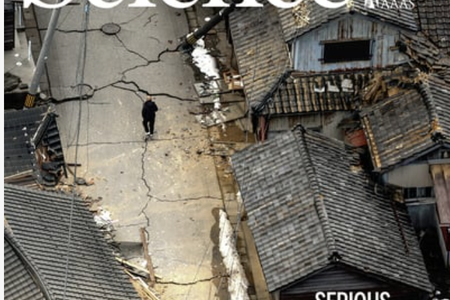Los Angeles, CA – Researchers from the University of California Los Angeles, along with international collaborators, have conducted a pivotal study on the complex mechanisms behind the 2024 Noto earthquake in Japan. This significant research will be published in the prestigious journal Science on August 23, 2024.
The Noto earthquake, which registered a magnitude of 7.5, was not only a major geological event but also a key subject for understanding earthquake dynamics. The quake was notably preceded by intense seismic swarms, which are sequences of many small earthquakes that can sometimes lead to a larger, catastrophic event.
By using advanced seismic and geodetic technologies, the research team meticulously analyzed the movements within the Earth that led to the earthquake. They discovered that the quake’s severity was significantly influenced by a rare “dual initiation” process. This process involved the earthquake starting at two different points on the fault almost simultaneously, allowing the seismic rupture to encircle and break through a resistant area on the fault known as a fault asperity.
This dual initiation mechanism applied intense pressure from both sides of the asperity, leading to a powerful release of energy and substantial ground shaking across the Noto Peninsula. The study’s findings provide crucial insights into fault asperities’ role in earthquake genesis, offering significant implications for seismic risk assessments and future earthquake predictability.
“Our findings emphasize the complex nature of earthquake initiation and the critical conditions that can lead to large-scale seismic events,” said Professor Lingsen Meng, one of the study’s lead authors. “Understanding these processes is vital for improving our ability to predict and mitigate the impacts of future earthquakes.”
The publication of this study in Scienceunderscores the importance of the research and its contribution to the scientific community’s understanding of seismic phenomena, particularly in regions prone to seismic swarming.
